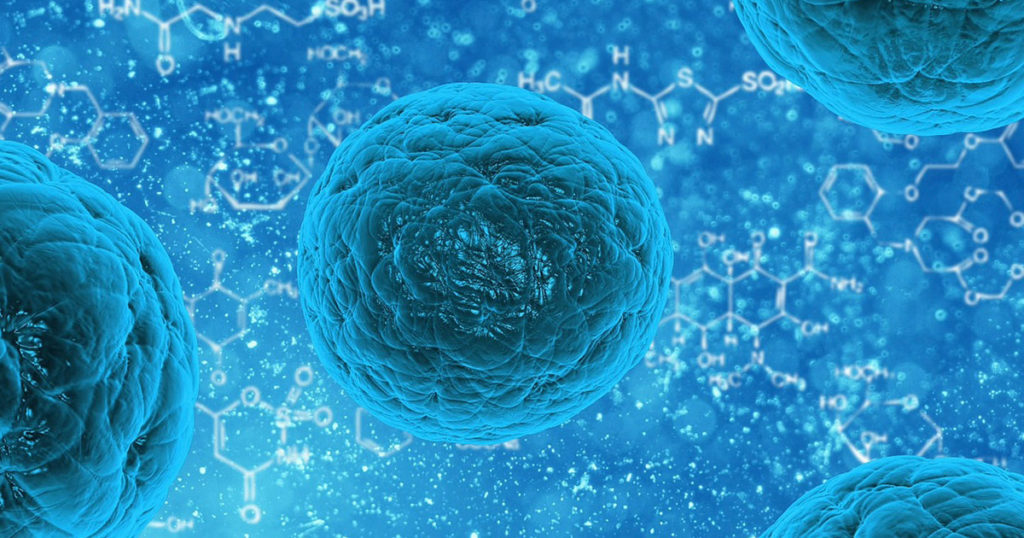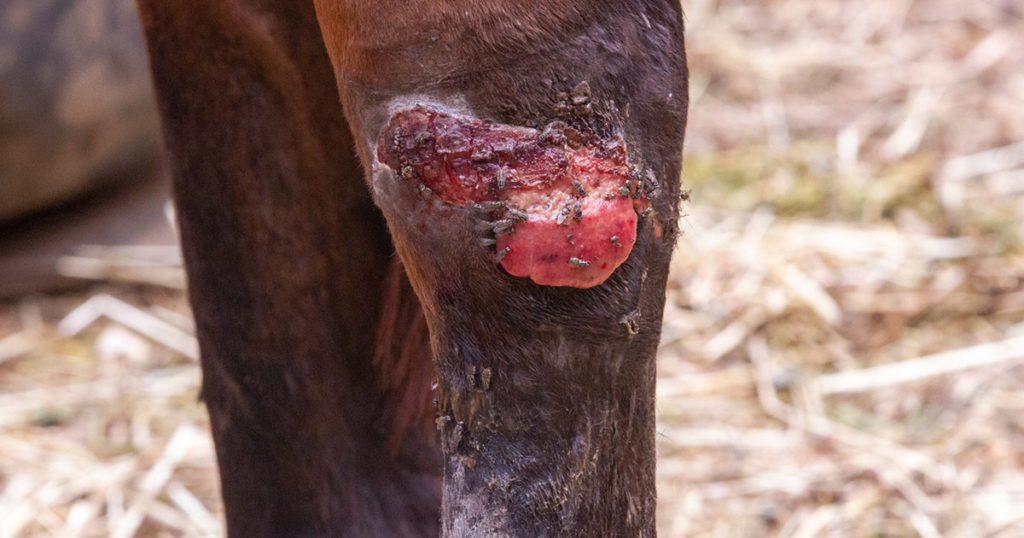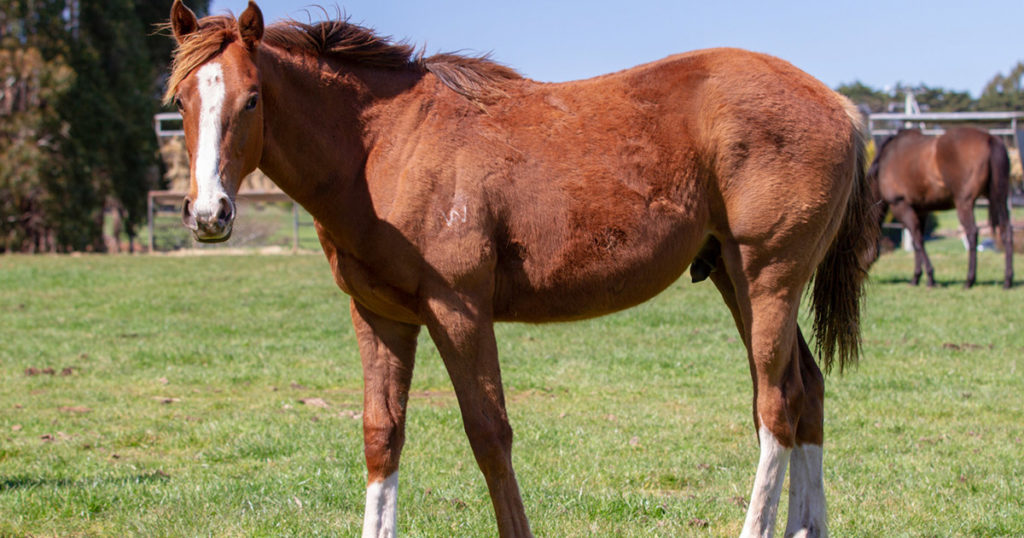Bacteria in biofilms can readily become resistant to both pharmaceuticals and the host immune system, developing a tolerance to antimicrobial agents, biocides and antiseptics. In fact, research has demonstrated that bacteria residing in a biofilm can be up to 1,000 times more refractive to treatment with antibiotics as compared to free-living (planktonic) bacteria.
Administering more or a higher concentration of antibiotics is ineffective and compounds the problem, likely contributing to further antimicrobial resistance.
The goals in treating biofilm associated infection are multifaceted. Whilst conventional approaches largely focus on ‘killing’ the pathogenic bacteria, the biofilm MUST be disrupted for any antimicrobial treatment to be effective.
Furthermore, effective treatment involves repopulating the vaginal tract with bacteria and microbes which provide a line of defence against pathogenic bacteria, inhibiting pathogenic bacterial (and/or fungal) colonisation and releasing byproducts which help to prevent pathogens adhering to the endometrial lining.
Judiciously employed specific herbal medicines and nutraceuticals can play an invaluable role in helping achieve successful outcomes.

Camilla Whishaw is a highly regarded, experienced horsewoman and naturopath, helping to holistically treat and manage a broad range of equine health conditions and injuries, with a passion for mare and stallion fertility.
As a world-renowned practitioner, presenter, author, and consultant in the field of Equine Naturopathy, Camilla shares her knowledge through keynote presentations, interviews, lectures, panel sessions, and workshop training.





